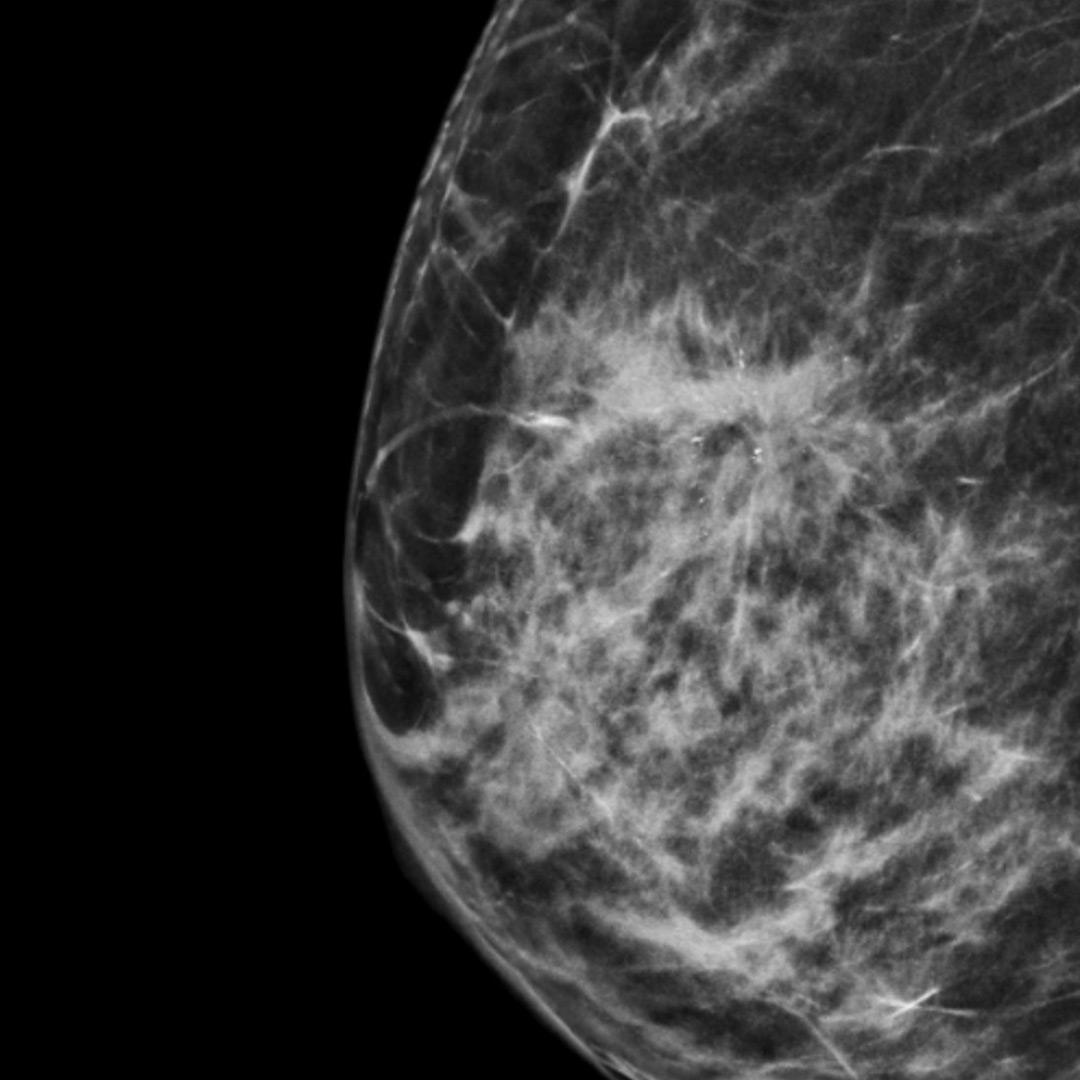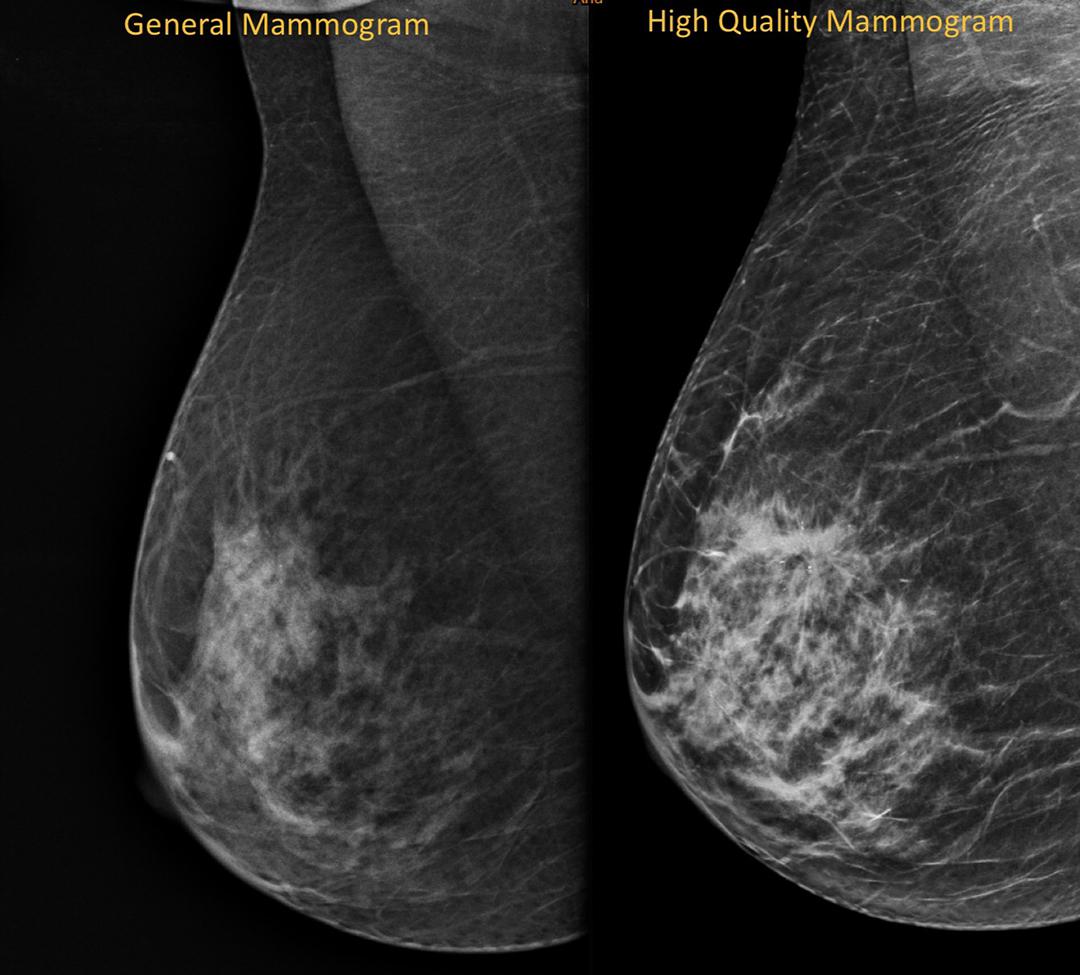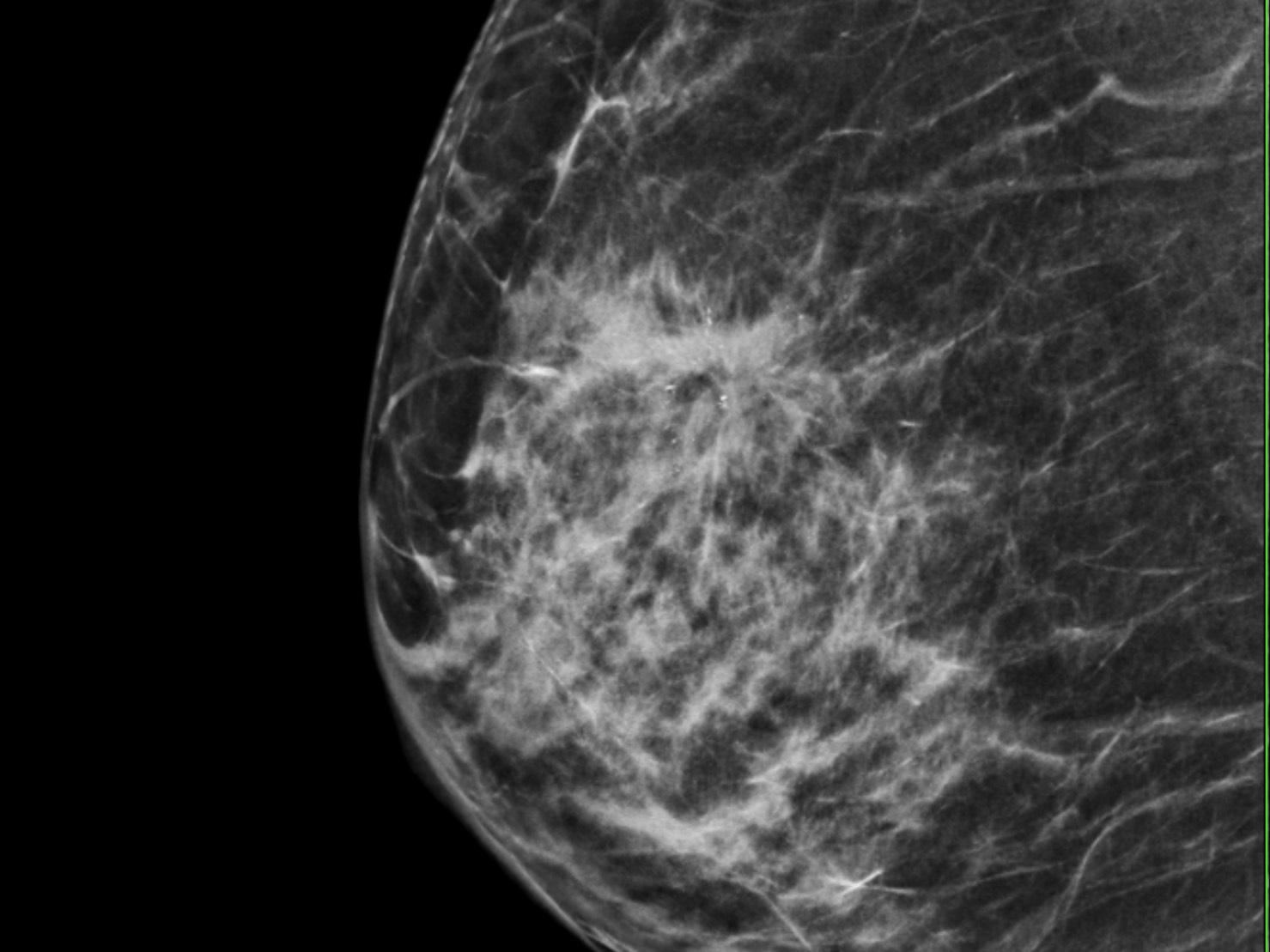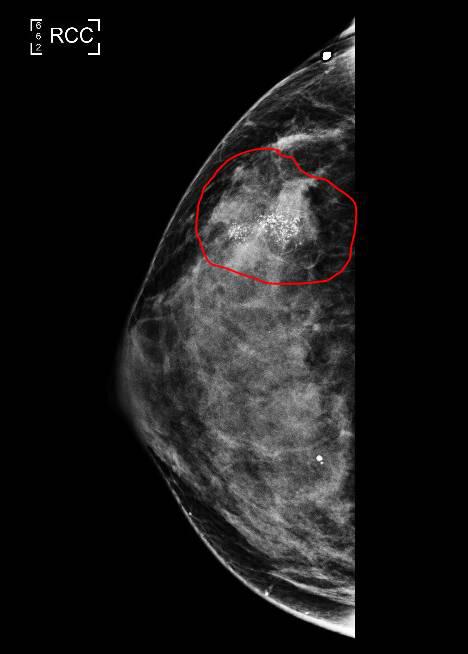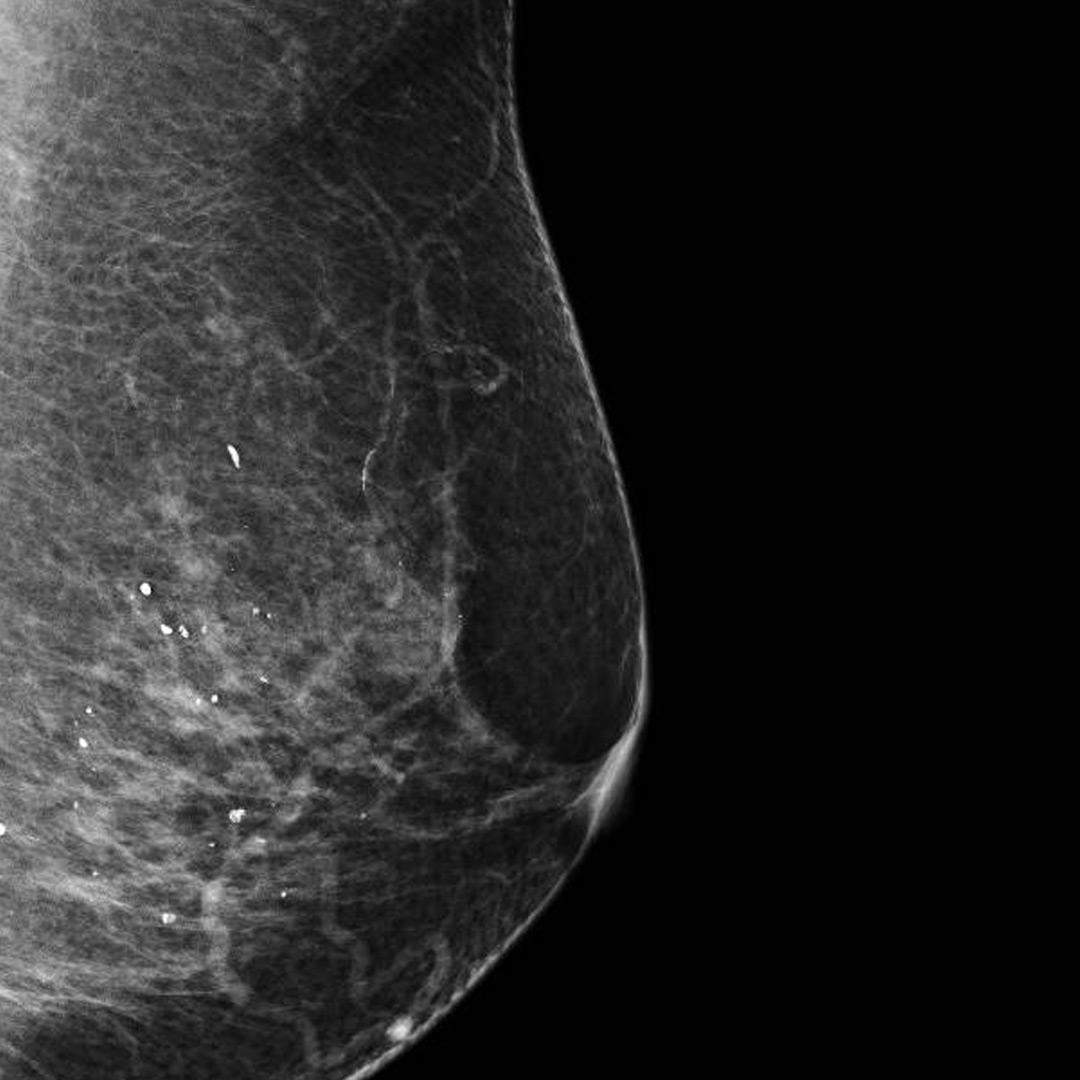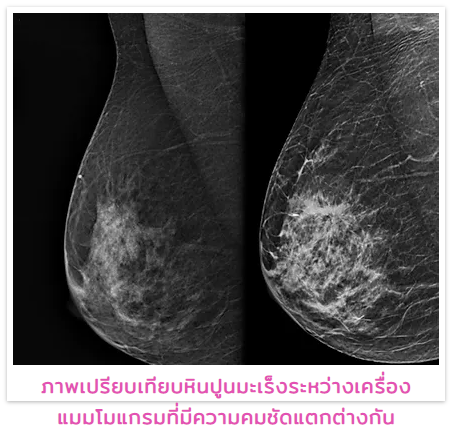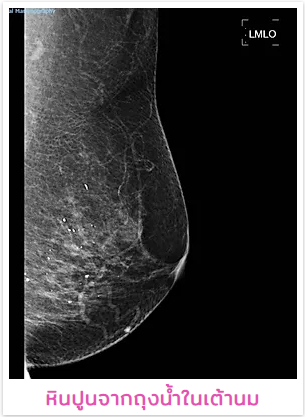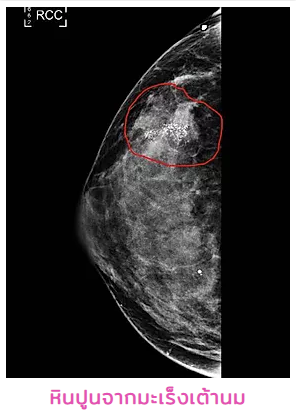What is Calcification of the Breast Tissue?
By Assc. Prof. Dr. Youwanush Kongdan
Calcifications are small deposits of calcium that show up on mammograms as bright white specks or dots which can’t be seen on ultrasound or MRI.
Calcifications that are seen on mammogram aren’t connected to the calcium in your diet or the food that you eat because they do not develop into cancer. Calcifications are like traces of evidence that suggest something might have occurred in that area. For example, when we see footprints, we must investigate what these footprints are, such as whether they are humans, cat’s, dog’s, or tiger’s footprints, where each animal has different forms and characteristics. It is impossible for footprint to mutate itself; it is an objective truth that an animal must be present at a certain spot to leave any traces behind, the same goes for calcification of the breast tissue.
The mammary glands are responsible for the production of milk and even without pregnancy, the milk production is still active; there is calcium in the milk. Therefore, changes in the mammary glands may cause deposit of calcium to accumulate in the breast. Whenever there is a death of the cell, it can also cause the accumulation of the calcification in the area. The causes of calcification are divided into 2 groups which are ones more likely to signal a non-cancerous symptom, such as past injuries of the breast, breast cysts, breast infection, surgery, past radiation therapy, certain types benign growths in the breast.
Sometimes, in breast cancer, cancer cells grow inside the milk duct and become denser causing the cells to get crowded and die. When this happens, those cells can harden resulting in the formation of calcification in these abnormal areas.
The features of a suspicious calcification are normally smaller than 0.5 mm, they vary in different sizes and shapes, and are clustered in either one area of the breast or clustered along the milk duct. Many patients are worried that these calcifications will grow larger. Is it scary? The larger the calcification, the less you need to be worried but on the contrary, if small white specks especially ones that are smaller than 0.5 mm clustering in groups are found, you may have to be aware for these can be caused from breast cancer. Therefore, mammogram is important in diagnosing because these calcifications are found mainly from mammogram. Moreover, the mammogram devices must have a very high resolution so as the computer that doctors use to view images must have a high resolution as well. It requires prudency and precautions for doctors to detect these little calcifications which can’t be seen on an average computer screen.
When doctors find abnormal calcifications from mammography, a biopsy will be performed to determine whether the calcification is caused by breast cancer or not. This allows us to diagnose breast cancer in earlier stages before seeing any malignant tumor.
